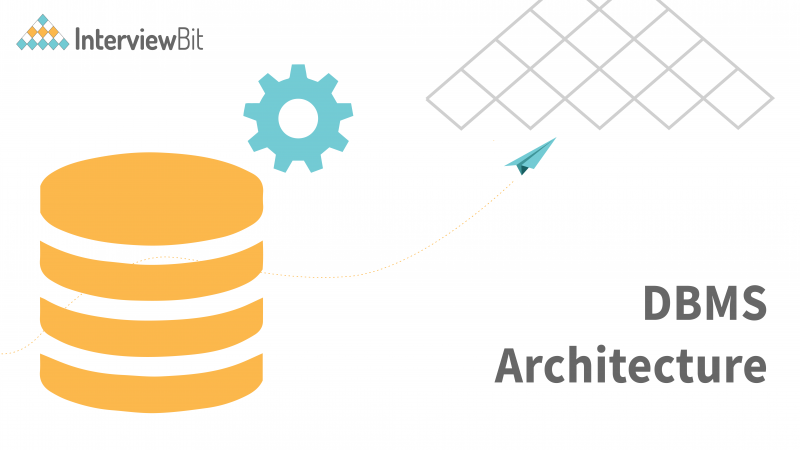Introduction
In today’s world, data is the basis of every software application, and databases are the most common way to manage and store data. The significance of databases cannot be overstated, as they constantly handle mission-critical and sensitive data. Organizations are therefore required to maintain these databases with tools that are secure, robust, and easy to use. DBMS fills this role.
In computing, a Database Management System (DBMS) enables the creation, access, maintenance, and management of databases. For example, managing a large amount of data becomes a daunting task for organizations, ranging from startups to multinational companies. In this sense, DBMS brought about a revolution in many fields as it enabled efficient information management.
The architecture of a DBMS has a significant impact on how the database is actually designed and laid out. The DBMS architecture is an outline of the structure of a specific database system, as well as how users are connected to that particular database system. Depending on its architecture, a DBMS may be centralized (all the data resides at one location), decentralized (multiple copies exist at various locations), or hierarchical.
Confused about your next job?
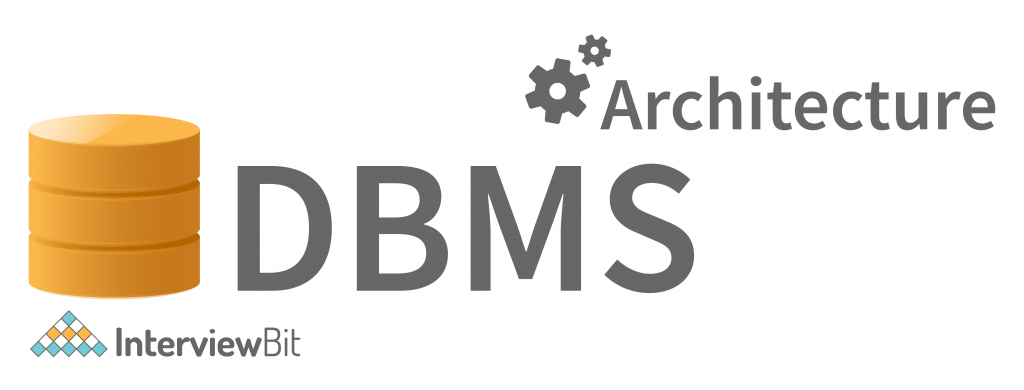
In this article, we will describe the architecture of DBMS – or the Database Management System – which will help us better understand how database systems work as well as the relationship between them. We will look at the different types of DBMS architectures and analyze their pros.
First, let’s see what DBMS Architecture is.
What is DBMS Architecture?
For a better understanding of DBMS architecture, you need to know how the client and server work. The client is typically the one who requests services, in this case, access to the database data, whereas the server side responds to the client’s request, in this case, by providing the needed service.
DBMS architecture has much to do with how the database is designed and laid out. The architecture of the DBMS affects the performance of the database since it assists in designing, developing, implementing, and maintaining the database.
DBMS architectures vary according to how users (clients) connect to the database servers to carry out their requests. Database management systems (DBMS) can be categorized as single-tier, two-tier, or multi-tier.
A database stores sensitive information and allows for quick and secure access to it. In general, client/server architecture is used for handling large numbers of PCs, web servers, databases, and other networked components. Thus, making the right choice of DBMS architecture is crucial in ensuring easy and effective data management.
Types of DBMS Architecture
Databases are not always directly accessible by users or applications to store or access data, so we must use various architectures to maintain them based on how users are connected to the database.
DBMS architectures are classified based on how many layers are present in their structure, i.e., tier-based classification. An n-tier DBMS architecture consists of closely related but independent layers, levels, and modules that are able to be independently modified, altered, changed, or replaced. Modifications made to one layer of the architecture do not affect the other layers. With the increase in layers of architecture, the level of abstraction increases as well, resulting in enhanced security and complexity in the DBMS structure.
The following are some of the most popular DBMS architectures:
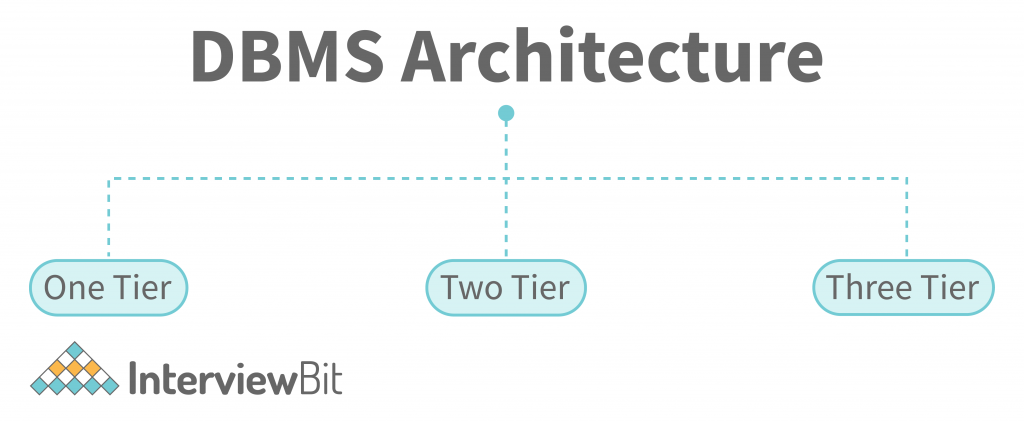
- One-Tier Architecture (1-Tier)
- Two-Tier Architecture (2-Tier)
- Three-Tier Architecture (3-Tier)
Let’s explore these three different ways of structuring DBMS.
1-Tier Architecture
In the DBMS world, the one-tier Architecture is the simplest DBMS architecture, in which the client, server, and database are all on the same machine. This architecture puts the user directly in contact with the database itself, so the user can create, modify, or delete data within the database. The user sits directly on the database, without any intermediary layer. Changes can be made easily by the user without the need to use a special tool. Every change made by the client is immediately reflected in the database, and all processing is carried out on one server. In this way, we can perform the operation directly on the database and get a quick response. Considering that there is no real security in this architecture, this is only recommended when creating a local application. It is also referred to as the local database system.
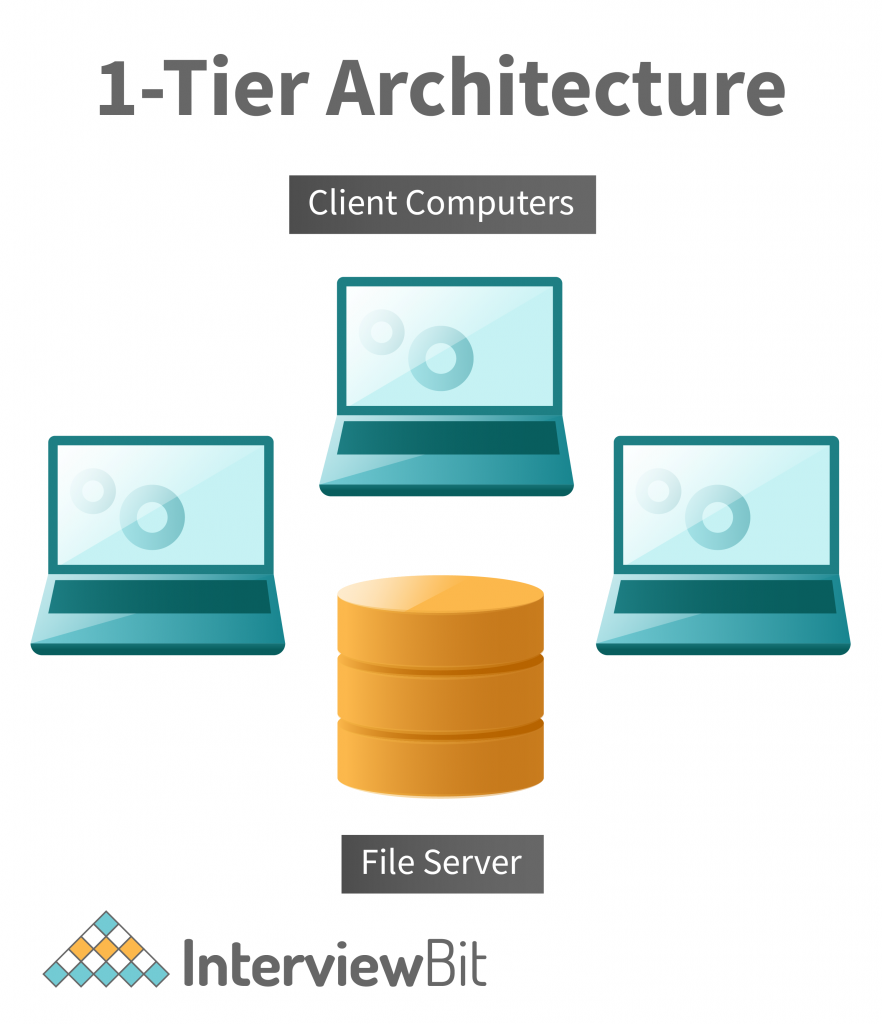
One Tier DBMS Architecture is employed whenever:
- The data isn’t frequently updated.
- Multiple users aren’t accessing the database.
- A direct and simple method of modifying or accessing the database is required for application development.
2-tier Architecture
In many ways, the concept of a two-tier DBMS architecture is similar to that of a client-server architecture. Client-side applications establish a connection with the server side to communicate with the database. This interaction is performed through APIs (Application Programming Interfaces) such as JDBC (Java Database Connectivity) or ODBC (Open Database Connectivity). User interfaces and application programs are executed on the client side. Query processing and transaction management are handled on the server side. Client-side applications can access the database server directly via API calls, which enables the application to remain independent of the database with respect to design, programming, and operation. It is more secure to have a two-tier architecture, as DBMS is not exposed directly to end-users.
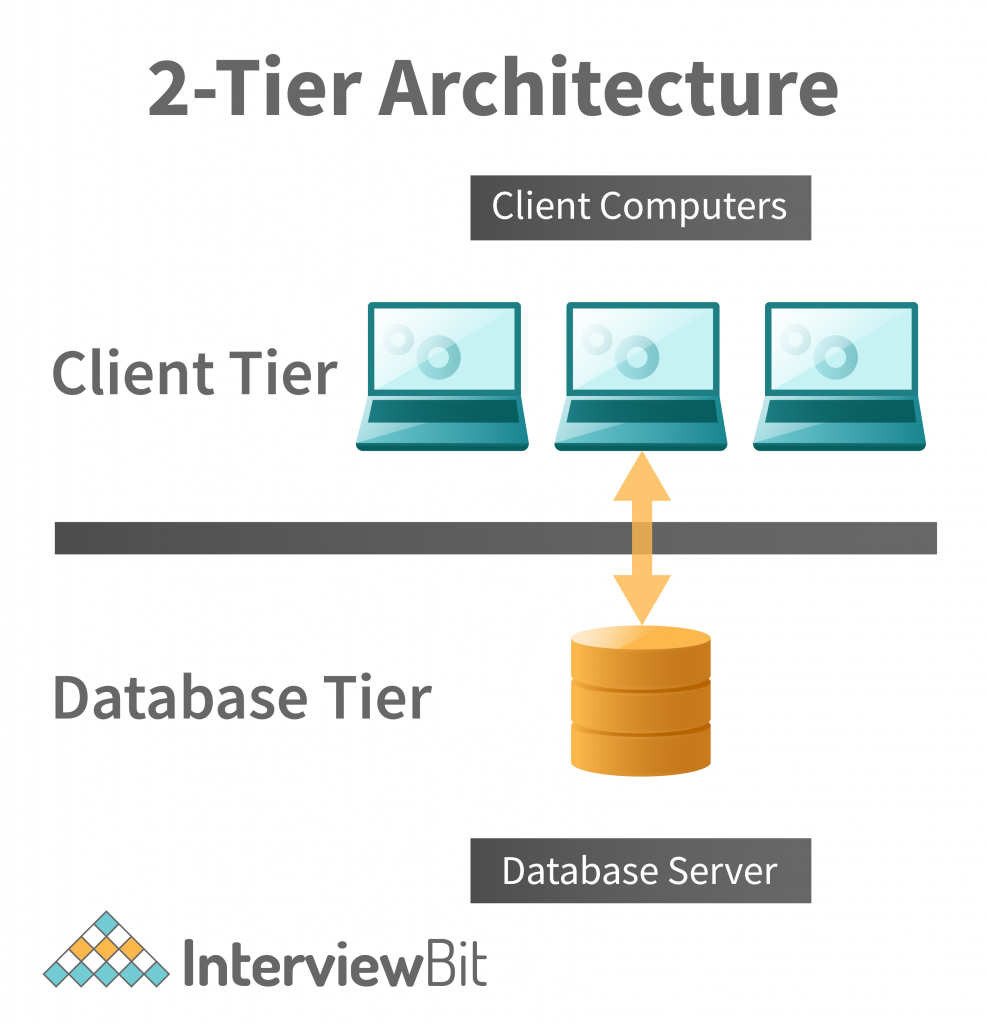
Advantages:
- It is possible to use it simultaneously by multiple users, thus making it suitable for use within an organization.
- Due to the database functionality being handled solely by the server, it has a high processing capability.
- Direct connection and enhanced performance provide faster access to the database.
- Having two independent layers makes it easier to maintain
3-tier Architecture
The 3-tiered architecture is one of the most frequently used DBMS architectures. Between the server (Database layer) and client (Presentation layer), an additional layer known as the Application layer is added to reduce the server’s query processing burden. The modular architecture allows the independent development and maintenance of functions, logic, data access, data storage, and user interfaces. 3-tier architectures separate the tiers based on users’ complexity and how they interact with the data available in the database.
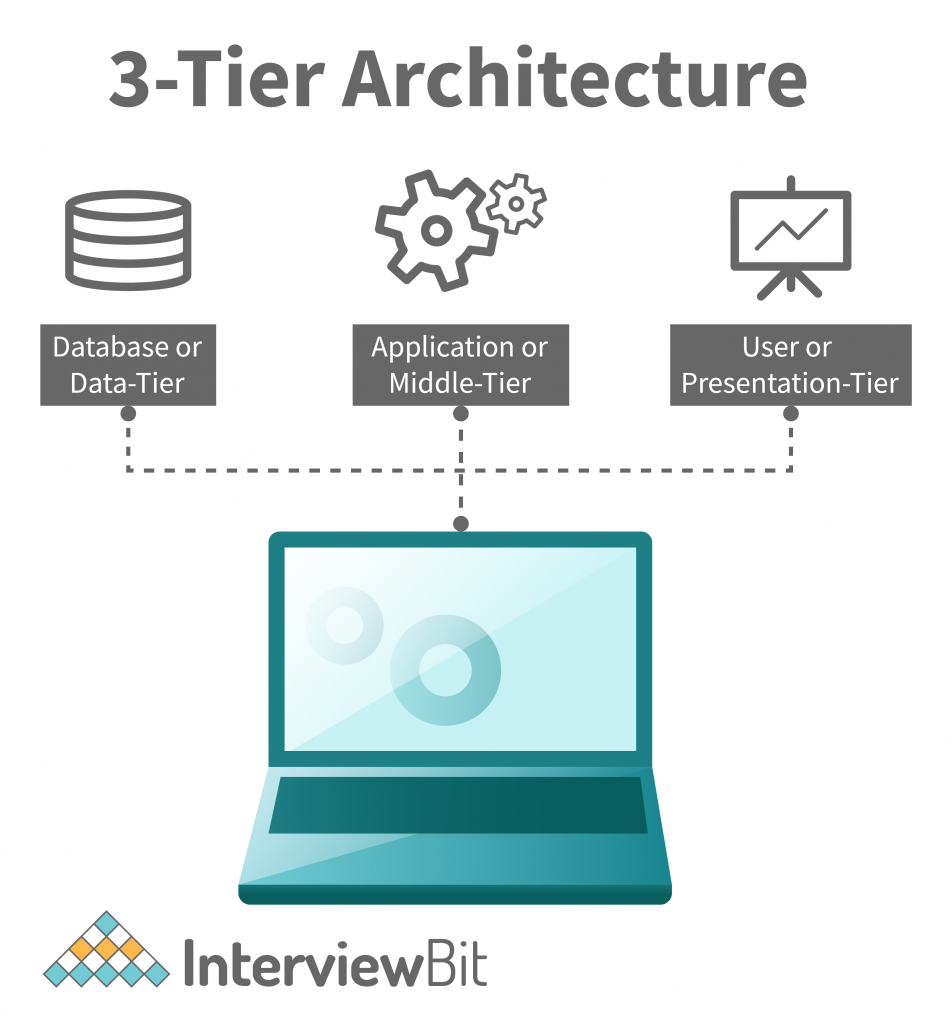
- Database (Data) Tier: This tier consists of the database and the query processing languages. Additionally, it includes relations defining the underlying data and constraints.
- Application (Middle) Tier: Here you will find the application server and the programs that will access the database. The application layer provides users with an abstract view of the database. It does not reveal the existence of the database to the end-user. Meanwhile, the database tier is also unaware of any users beyond the application tier. The application layer thus sits between the user and the database and serves as a conduit (mediator).
- User (Presentation) Tier: The end users interact with this layer, and they are not aware of the database beyond it. The application can provide multiple abstract views of the database at this level. The views are provided by the applications in the application tier.
Client and server are not directly connected; therefore, all requests from users are handled by the Application Layer, i.e. the requests are validated and verified by the Intermediate Layer before being forwarded to the server. By eliminating direct client-server communication, the server is less burdened with query processing, and overall DBMS security is enhanced as the client cannot communicate directly with the server. A three-tier DBMS architecture is therefore composed of an application layer that ensures load balancing, query request accuracy, and security. Usually, this type of architecture is used in cases where large web applications must handle a great deal of traffic.
Advantages:
- Maintaining data integrity is of paramount importance. The application layer performs checks on each client’s request to prevent data corruption and wrong user requests.
- It is now more secure. The client can’t interact directly with the server, thereby preventing unauthorized access to data.
- A database server is not aware of any users beyond the application layer, and the application layer performs load balancing, so you can have multiple clients.
Conclusion
The use of databases as well as other forms of business intelligence (BI) and computer tools can help professionals within organizations access and analyze organized data in order to make better and more effective decisions and to increase their agility and scalability. With the advent of different types of databases as well as the changes in the nature of technology, as well as the advancements in automation and cloud computing, databases are going in new directions. Database management systems – which provide a platform for managing databases – have become indispensable to organizations for maintaining these databases. DBMS solutions have become a staple in our lives over the past few years.
A database management architecture simplifies the process of designing, implementing, and maintaining a database. DBMS architecture describes the ways in which users interact with a particular database system and affects database performance. DBMS architectures can be classified as one-tier, two-tier, and three-tier. Choosing the appropriate DBMS architecture can simplify and enhance data management. So choose wisely!!!


